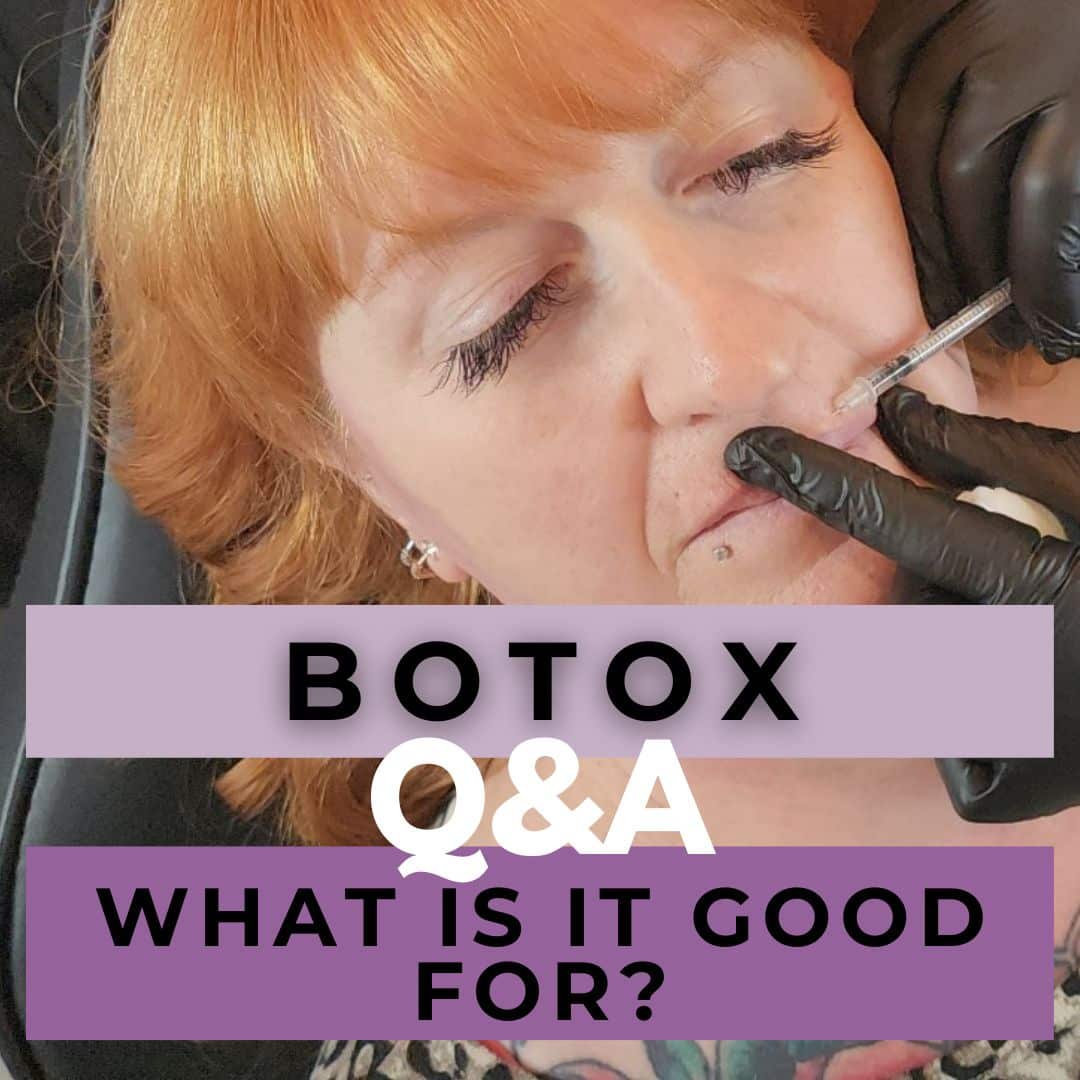What is Botox Good For? Exploring the Versatile Uses of Botox
Introduction
Understanding the Broad Spectrum of Botox Applications
The question “What is Botox good for?” often arises when people consider cosmetic treatments. Botox, known primarily for its cosmetic benefits, has a wide range of applications extending beyond aesthetics. This blog post delves into the various uses of Botox, offering insights into its versatility.
Cosmetic Uses of Botox
Botox in the World of Aesthetics
Botox is most famous for its ability to smooth out facial wrinkles. Common treatment areas include:
- Forehead lines
- Crow’s feet around the eyes
- Frown lines between the eyebrows\
- Lip lines
- Botox for Medical Conditions
Therapeutic Uses of Botox Beyond Cosmetics
Apart from cosmetic enhancements, Botox is also used to treat various medical conditions, such as:
- Chronic migraine headaches
- Excessive underarm sweating (hyperhidrosis)
- Certain types of muscle spasms and disorders
- Overactive bladder and urinary incontinence
- Eye disorders like strabismus and blepharospasm
- The Science Behind Botox
How Does Botox Work?
Botox works by blocking nerve signals to the muscles or sweat glands, effectively reducing muscle activity or sweating in the treated area. This makes it a powerful tool for both aesthetic improvements and relief from certain medical conditions.
Safety and Effectiveness
Is Botox Safe and Effective?
When administered by a qualified professional, Botox is considered safe and effective. The key to its success lies in the proper dosage and precise application.
Choosing the Right Practitioner
Finding a Qualified Botox Provider
The safety and effectiveness of Botox largely depend on the expertise of the practitioner. It is crucial to seek treatment from licensed and experienced professionals.
Potential Side Effects
Understanding the Risks and Side Effects of Botox
While Botox is generally safe, it can have side effects, such as bruising, swelling, or temporary headache. Serious side effects are rare but possible, emphasizing the need for a skilled practitioner.
Conclusion
Embracing the Multifaceted Benefits of Botox
So, “What is Botox good for?” The answer extends far beyond cosmetic applications, offering significant benefits in both aesthetic and medical fields. Understanding the full scope of Botox’s uses can help individuals make informed decisions about pursuing treatment.
Our Blog
Ta-da! I've gathered all the blog posts we've written about Botox in one convenient spot! These little nuggets of wisdom should help you on your journey to learning more about this amazing procedure!
Botox Before & After
What is Botox
- The Dangers of Bad Botox: How to Avoid Unwanted Results
- Is Botox Safe? Debunking the Myths and Misconceptions
- Side Effect of Botox
- How Does Botox Work? Understanding the Mechanism of Action
- What Does Botox Do
- How Long Does Botox Last?
- Botox Treatment
- Botox vs Juvederm: What's the Difference?
- What Is Botox Used For?
Botox For Migraines
- Botox for headaches
- Migraines Botox Injections Sites
Botox Injection
- Botox Consultation
- Botox Under eyes
Botox Underarms
Cost of Botox
- How much is Botox
- Botox Treatment prices
- Is Botox Expensive
- Price for Botox injections in the forehead
- How much does botox cost for forehead wrinkles?
- Is 50 Units of Botox a Lot?
- Units of Botox For Forehead Lines
- How Much Does Botox Cost in Canada? | A Comprehensive Guide

